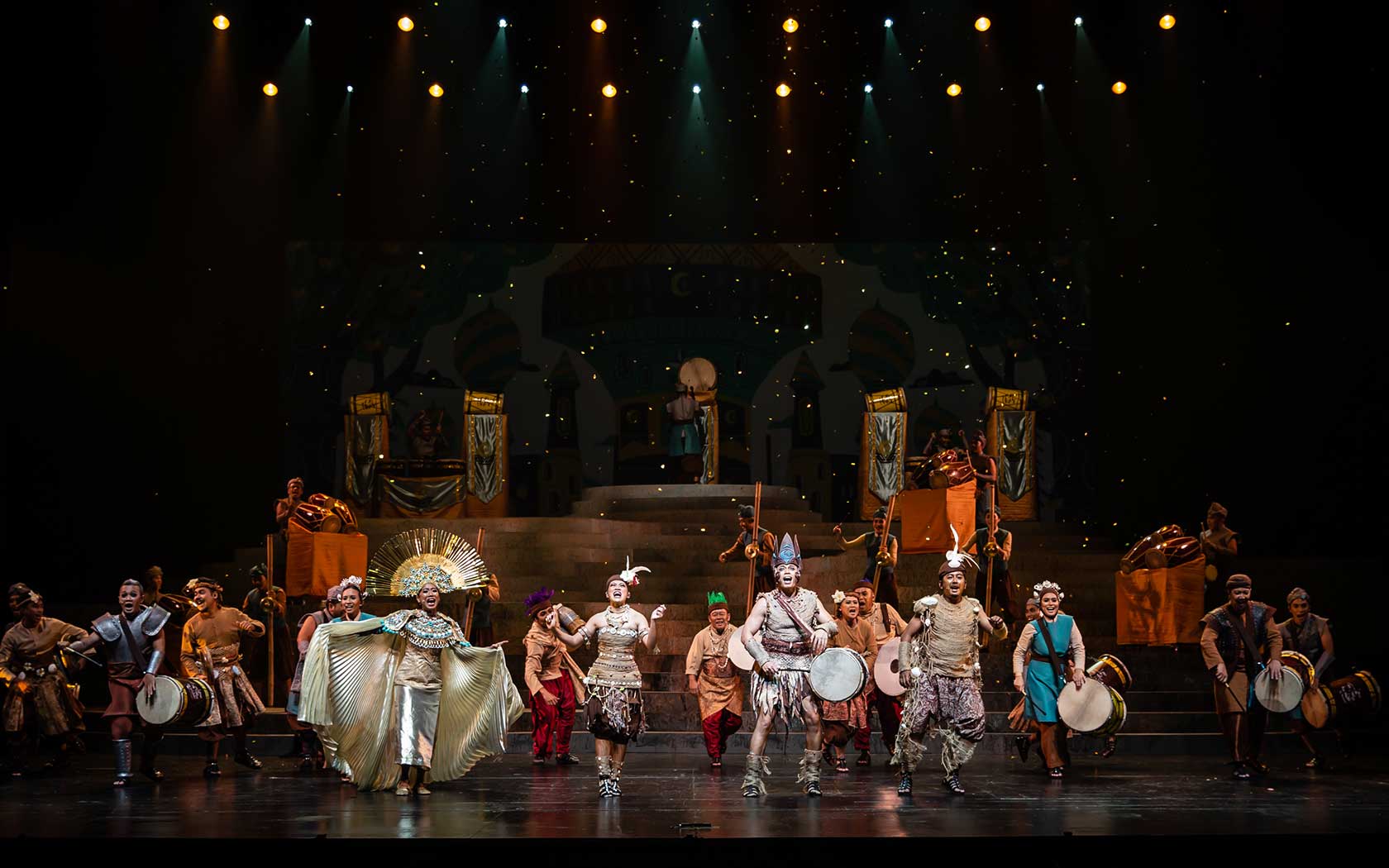Be enthralled by the various music styles of the Sikhs, played on traditional Sikh instruments by singers and musicians from Gurmat Sangeet Academy, regulars at A Tapestry of Sacred Music. Hear upbeat Punjabi folk songs, the melodious qawwals of northwestern India and Pakistan, and the exquisite rhythms of South India.
“Whosoever listens to kirtan or sings kirtan of Hari shall be free of all ills.”
– Guru Granth Shahib
In Sikh tradition, no ceremony, occasion or event is complete without the singing of kirtan, which is a devotional hymn in praise of God. A recognised form of congregational prayer, it has, according to the scriptures, the ability to cleanse the mind of all impurities physical and sensual; liberate one from the yoke of time and death; cast away disease, sorrow and suffering; and bring peace and bliss.
Understanding the Sikh religion
In Punjabi, the word “sikh” means “disciple”, and central to the faith is the relationship between the Sikh and his master, who guides him through the teachings and writings of the 10 Gurus. Sikhism is rooted in oneness and love, and encourages a life of servitude and spirituality. It is the belief that to lead a good life, one must work hard and live honestly, treat everyone equally, serve others, be generous to the less fortunate, and keep God close in the heart and mind at all times.
Hymns of Praise
Music is a central part of worship, with the religion’s 16th century founders being skilled poets, composers and musicians. The foremost of them was Guru Nanak, who wrote his teachings and revelations in poems, which he sang with his companion Bhai Mardana, a bard who played the rabab (a plucked string instrument).
Over time, Guru Nanak's hymns as well as those of his nine successors were compiled into what became the Guru Granth Sahib, the sacred scripture of the Sikhs. In the book, the hymns of the Gurus are grouped under 31 raags or ragas, modes characterised by a specific series of notes and path melodies. Each raga has a name, an associated time of day or year when it is best performed, and a specific emotion it is meant to induce.
In the hands of his spiritual successors and devout Sikhs, this musical tradition flourished as a means of spiritual elevation as they created and developed new ragas, styles and musical instruments. Continuing the tradition, the singing and contemplation of these hymns occur day and night at Sikh temples all over the world.














